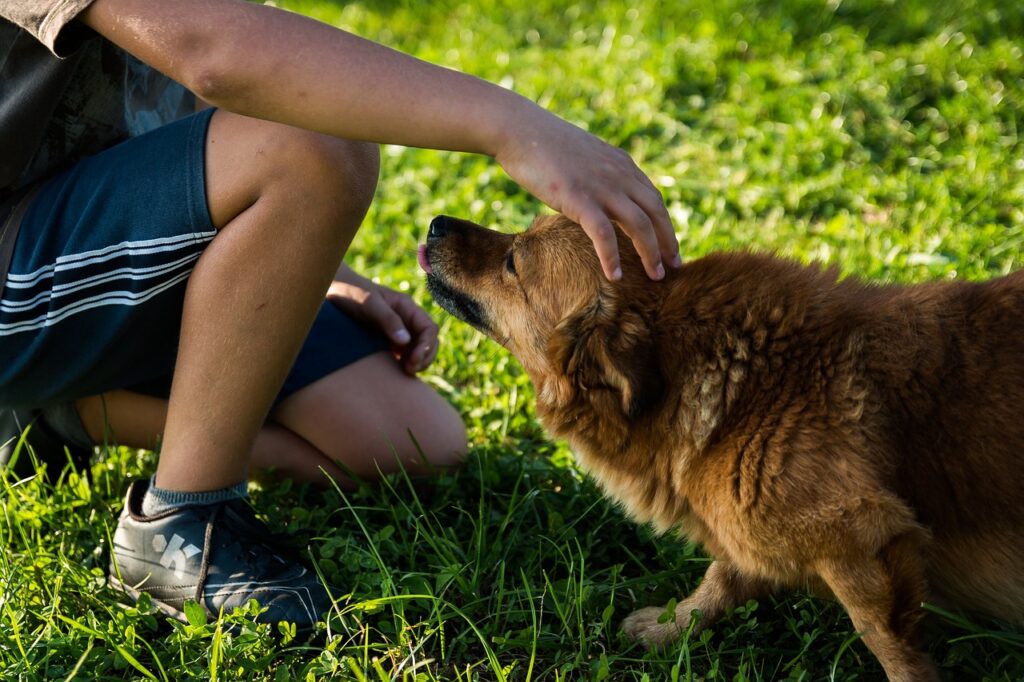How Long Should You Use a Training Collar? Expert Recommendations
The choice to use a training collar for dogs raises many questions. How long should it be utilized? What’s the best approach? Striking a balance between training your dog and ensuring their comfort is vital. This guide delves into expert recommendations on the usage duration of training collars, ensuring both effectiveness and well-being for your furry friend.
The Delicate Balance of Training and Comfort
The Importance of Safe and Effective Dog Training
Training your dog effectively creates a harmonious relationship. It encourages good behavior, helps in socialization, and ensures safety. However, employing methods that respect your dog’s comfort is just as crucial. This is where training collars come into play.
The Controversy Surrounding Training Collars
Training collars, particularly e-collars, ignite heated debates. Critics argue they can harm dogs mentally and physically. Meanwhile, supporters emphasize their effectiveness for specific training needs. Understanding both sides can help you make an informed choice.
Setting the Stage: Understanding Your Dog’s Needs
Before using a training collar, consider your dog’s temperament, breed, and specific training goals. Each dog has unique requirements. Take the time to evaluate what will work best for them.
Understanding Different Types of Training Collars
E-Collars: Functionality and Potential Risks
E-collars offer electronic stimulation to correct behavior. They can be effective but pose risks when misused.
Proper E-Collar Usage and Settings
- Start Low: Begin with the lowest setting to gauge your dog’s reaction.
- Short Sessions: Limit sessions to avoid overwhelming your dog.
- Positive Reinforcement: Always pair e-collar use with rewards for desired behavior.
Considerations for Choosing an E-Collar
Choose collars that suit your dog’s size and sensitivity. Read reviews and consult trainers for recommendations to ensure the best fit.
Head Halters: Gentle Guidance and Control
Head halters provide gentle guidance without harsh corrections. They can help in controlling pulling and wandering.
Effective Head Halter Training Techniques
- Introduce Gradually: Allow your dog to explore the halter before full use.
- Short Walks: Start with brief walks to acclimate them.
When Head Halters Are Not Suitable
Some dogs may resist head halters, especially if they have head or neck issues. Always consult with a vet if in doubt.
Harnesses and Leashes: Building Positive Associations
Harnesses offer comfort and control, reducing strain on your dog’s neck. They’re ideal for many dogs, especially those prone to pulling.
Harness Types and Their Applications
- Front-Clip Harness: Helps with pulling.
- Back-Clip Harness: Great for everyday use.
Harness and Leash Training Techniques
- Reward Good Behavior: Always reward your dog for walking nicely.
- Consistency is Key: Use the same commands every time for clarity.

Determining the Appropriate Duration of Collar Use
Factors Influencing Training Collar Usage Time
Several elements influence how long you should use a training collar.
Dog Breed and Temperament
Certain breeds may respond better to specific training methods. Understanding your dog’s breed traits can guide your approach.
Age and Training Experience
Younger dogs might need more time with collars as they learn. Older dogs, especially those already trained, may require a shorter duration.
Gradual Reduction of Collar Dependency
To build a confident dog, gradually reduce collar dependence.
Developing Reliable Commands Without Reliance on Collars
Teach commands without the collar in casual settings. This fosters independence while maintaining training consistency.
Monitoring Your Dog’s Response to Training
Be observant. If your dog shows signs of stress, it may be time to adjust your approach.
Potential Risks and Side Effects of Prolonged Collar Use
Physical Discomfort and Injuries
Using a collar for too long can cause discomfort.
Signs of Collar-Related Injury
- Redness or irritation around the collar area.
- Excessive scratching or pawing at the collar.
Proper Collar Fitting and Adjustment
Ensure the collar is snug but not too tight. Two fingers should fit between the collar and your dog’s neck comfortably.
Psychological Impact on Dogs
Long-term collar use can also affect your dog’s psyche.
Stress and Anxiety in Dogs
Watch for signs like barking, cowering, or withdrawal. These can indicate stress due to collar use.
Impact on Trust and Bond
Using collars improperly can damage the bond between you and your dog. Trust is essential for effective training.
Alternatives to Training Collars
Positive Reinforcement Methods: Building Desired Behaviors
Focusing on positive reinforcement cultivates desired behaviors effectively and compassionately.
Reward-Based Training Techniques
Use treats, praise, or playtime as motivation. This encourages good behavior without fear.
Consistency and Patience in Positive Reinforcement
Stay consistent in commands and rewards to strengthen the learning process. Patience is vital for success.
Other Training Aids: Their Role and Limitations
Alongside collars, several other aids can assist in training.
Clicker Training and its Applications
Clickers can help mark desired behaviors instantly, reinforcing learning.
Lure Training Techniques
Use treats to guide your dog into desired positions or actions, reinforcing learning without reliance on collars.
Conclusion: A Balanced Approach to Training
Finding the right balance with a training collar requires thoughtful consideration. Utilizing collars responsibly while prioritizing your dog’s comfort and well-being leads to a strong bond and effective training.
Key Takeaways: Responsible Collar Use
- Assess your dog’s needs carefully.
- Monitor their response closely.
- Gradually reduce the dependence on collars.
Prioritizing Your Dog’s Well-being
Always choose training methods that promote your dog’s happiness and comfort. Your furry friend deserves the best, and with responsible choices, you can create a positive training experience.




